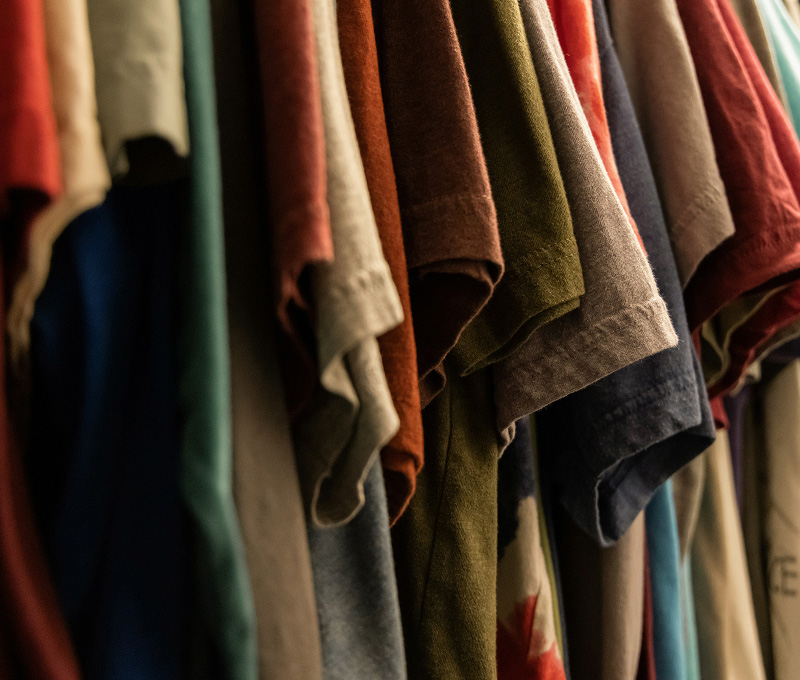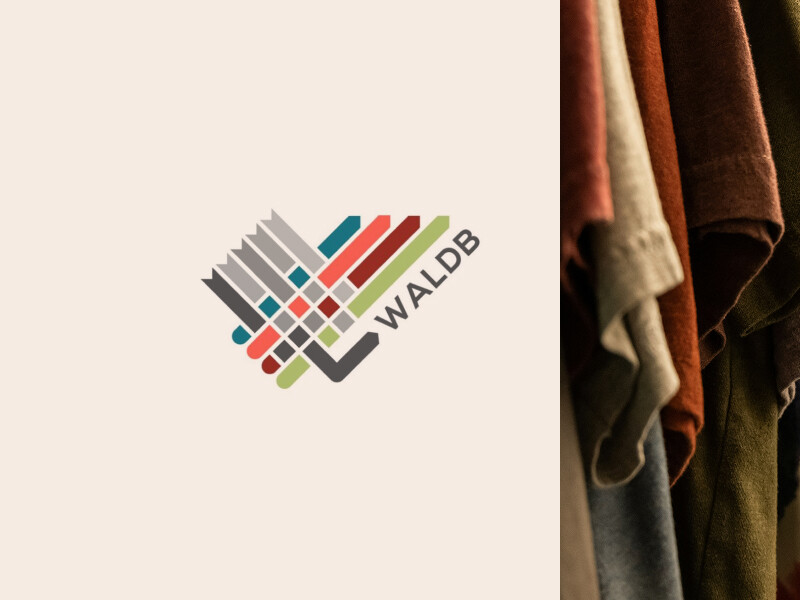To drive metrics-based sustainability programs, companies in the fashion industry are increasingly looking for reliable data to make informed decisions and to prioritize their sustainability efforts.
Life Cycle Assessments provide a comprehensive and holistic way to assess environmental impacts over the full value chain. In response to the urgent need for reliable environmental impact data in the apparel and footwear sector, Quantis spearheaded the development of the World Apparel & Footwear Life Cycle Assessment Database.
The World Apparel and Footwear Life Cycle Assessment Database (WALDB) was founded by Quantis alongside a pre-competitive consortium of leading organizations and companies from the apparel and footwear sector to solve this data challenge and to deliver robust data for environmental impact assessment and footprinting.


WALDB provides the detailed insights necessary for fashion brands to drive meaningful and measurable change
From identifying environmental hotspots to setting robust sustainability targets,
The methodology underpinning WALDB is rigorous and comprehensive, compliant with globally recognized ISO 14040 standards for consistency and coherence across the database.
The database includes all 16 PEF impact categories (including global warming, freshwater eutrophication, water scarcity, abiotic resource depletion) and more. Our work on the European Commission’s Product Environmental Footprint (PEF) initiative is used to update the methodology to ensure harmonization. WALDB uses more than 700+ comprehensive datasets based on primary data and existing data from scientific studies and continuously expanded They are modeled on global and regional levels and regionalized for the 7 most relevant textile producing countries and 28 geographies; including more than 50 processing steps along the apparel/footwear supply chain. Raw materials datasets include standard and organic cotton data from 11 different countries, wool, viscose, silk, synthetics (recycled and not), and leather. The full list of datasets is available on-demand.
How Quantis can help
For two decades, our dynamic and visionary team has partnered with organizations across the globe to transform their industries and shape a new, planetary economy that aligns business with nature.
We guide industries on the transition from business as usual to business at its best.
-
Identify environmental hotspots
WALDB enables apparel and footwear companies to identify hotspots along their value chain as well as to quantify the benefits of improvement and reduction measures.
-
Maintain robust data quality
WALDB is a robust database, offering reliable, high-quality data to its users. The robust nature of the database makes it a critical lever for quality sustainability assessments and decision-making, providing a solid foundation for building meaningful environmental strategies in the fashion industry.
-
Achieve granularity + transparency
WALDB offers disaggregated datasets, enabling companies to understand the specifics of their environmental impacts. This detailed insight facilitates more informed decision-making, enabling brands to identify and focus on critical hotspots and craft targeted reduction roadmaps.
